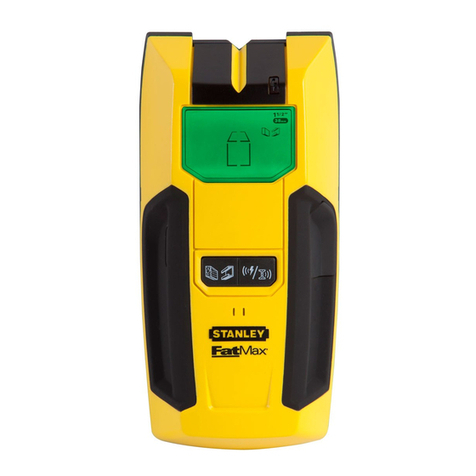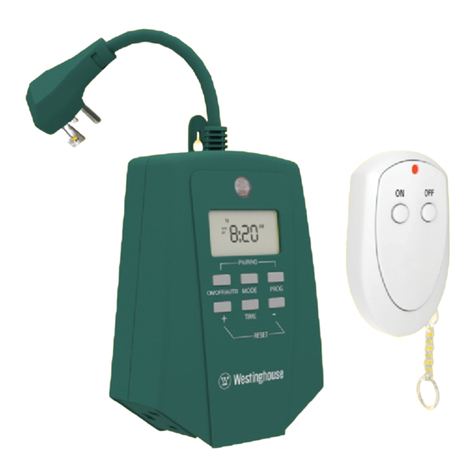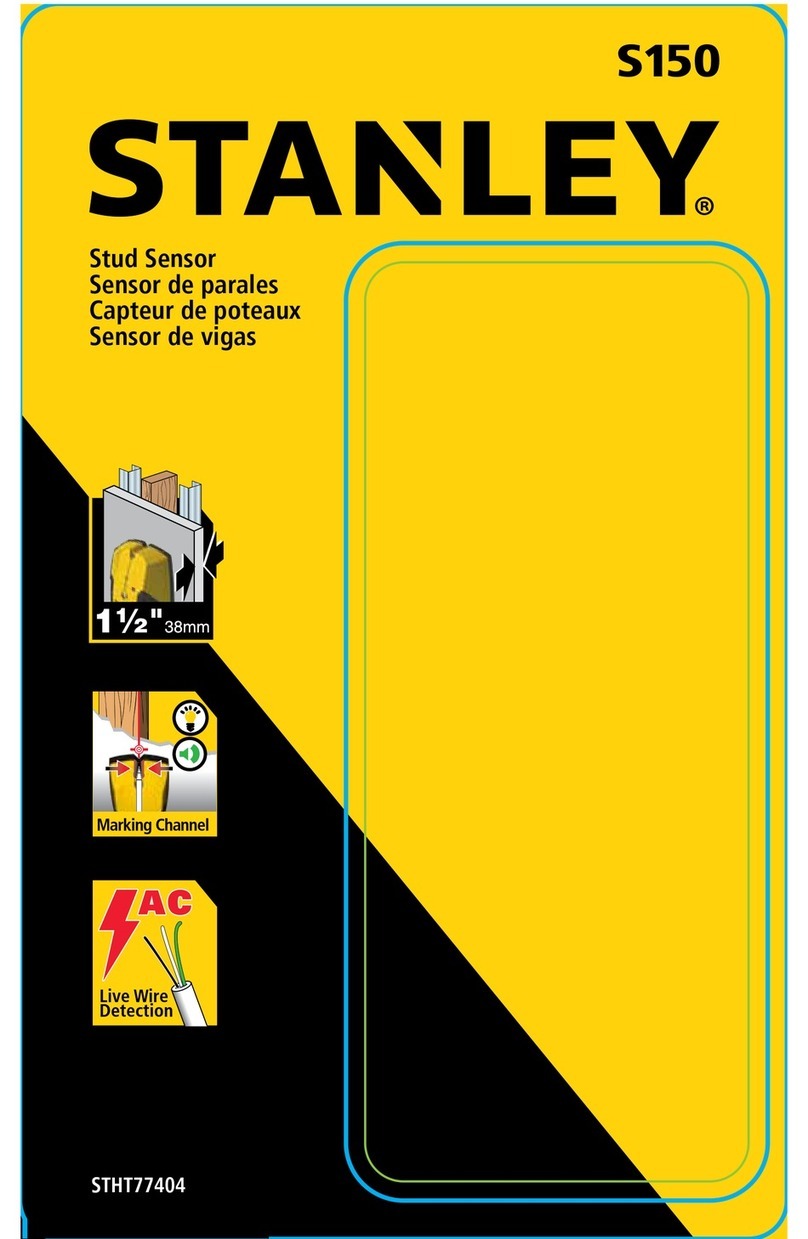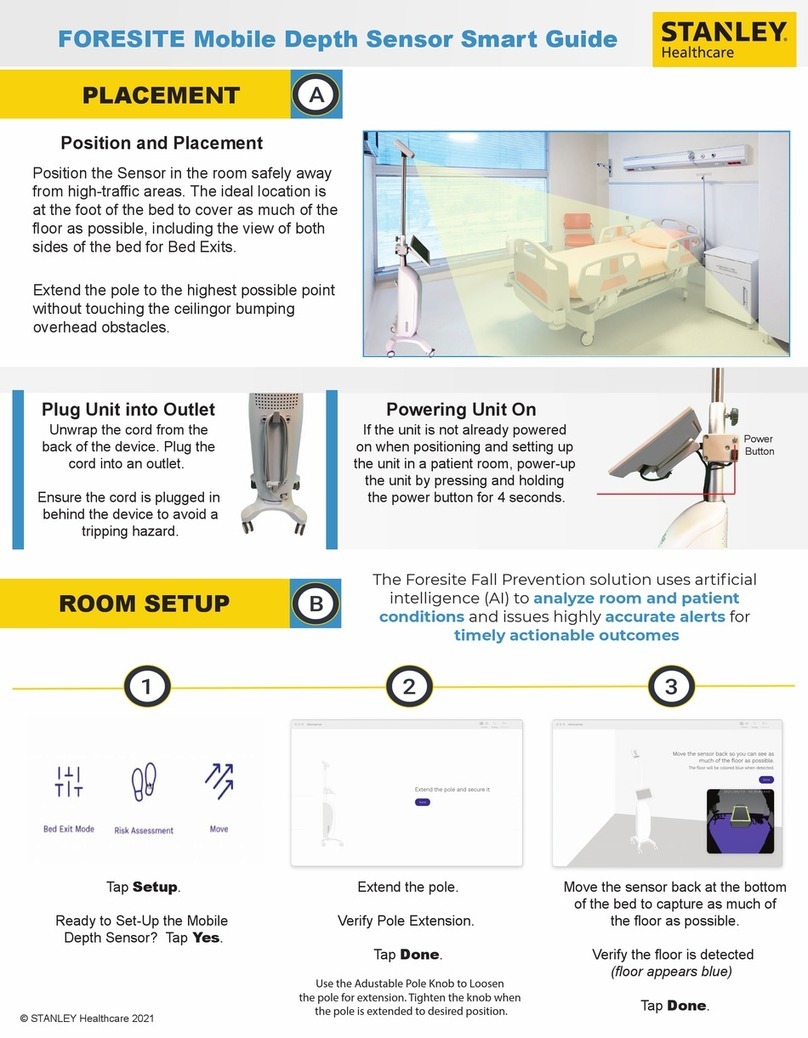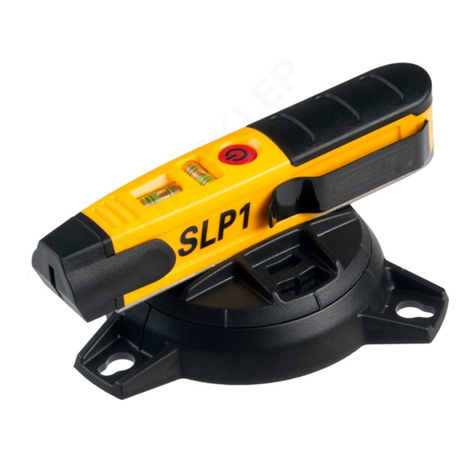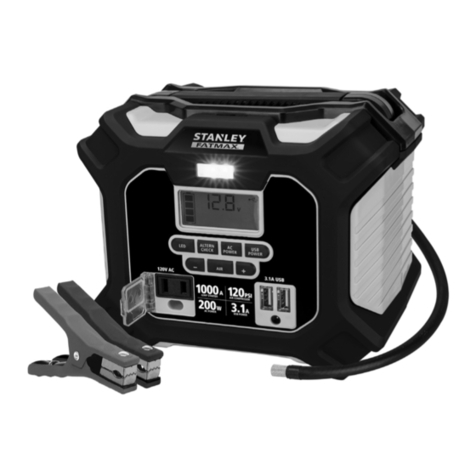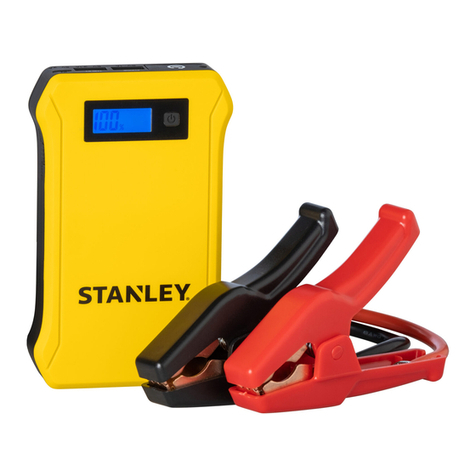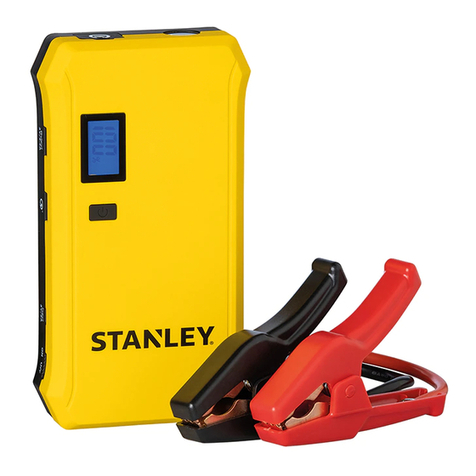
OPERATING TIPS
Prevent Interference
To ensure best performance from the Stud Sensor 75, keep your free hand
at least 6 inches away from the unit and wall surface while testing or
scanning surfaces.
Conventional Construction
Doors and windows are commonly constructed with additional studs and
headers for added stability. The Stud Sensor 75 detects the edge of these
double studs and solid headers as a single, wide stud.
Surface Differences
Wallpaper – There will be no difference in the function of the Stud Sensor
75 on surfaces covered with wallpaper or fabric unless the coverings used
contain metallic foil or fibers.
Ceilings – When dealing with a rough surface such as a sprayed ceiling,
utilize a piece of cardboard when scanning the surface. Run through the
calibration technique described earlier with the piece of cardboard too, to
assure best performance of the unit. Also, it is particularly important in this
application to remember to keep your free hand away from the unit.
Specifications:
Depth Range- Up to ¾” (19mm) through drywall
Accuracy- Scanning and marking the stud from two sides
Stud center ±1/8" (3mm) for wood
±1/4" (6mm) for metal
(At 35-55% relative humidity)
Shock Resistance: Up to 3 feet (1m) dropped onto concrete
Water Resistance: Water resistant, but not waterproof
Operating Temperature: +20°F to +120°F (-7°C to +49°C)
Storage Temperature: -20°F to +150°F (-29°C to +66°C)
Warranty
The Stanley Works warrants the Stud Sensor 75 against defects in material
and workmanship for one year from the date of purchase. Deficient
products will be repaired or replaced at Stanley’s discretion if sent to:
The Stanley Works
Customer Service
480 Myrtle Street
New Britain, CT 06053
